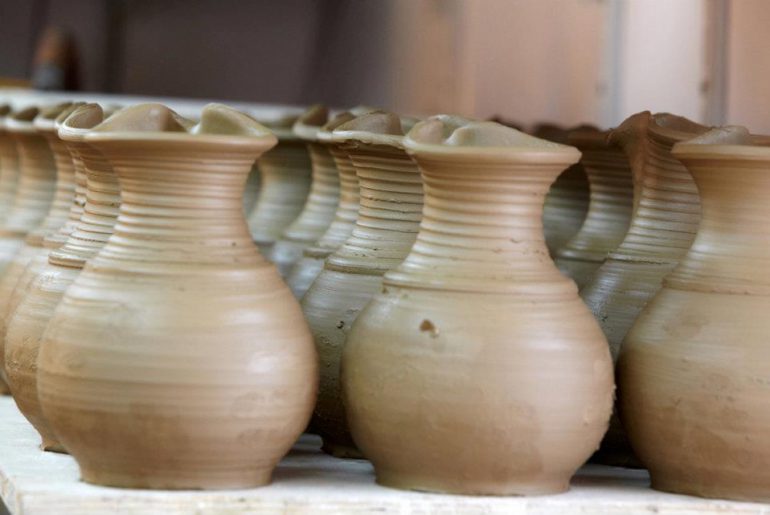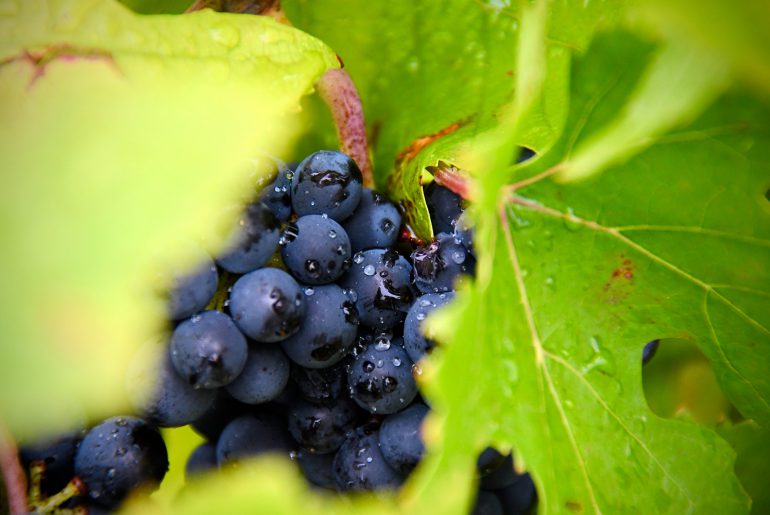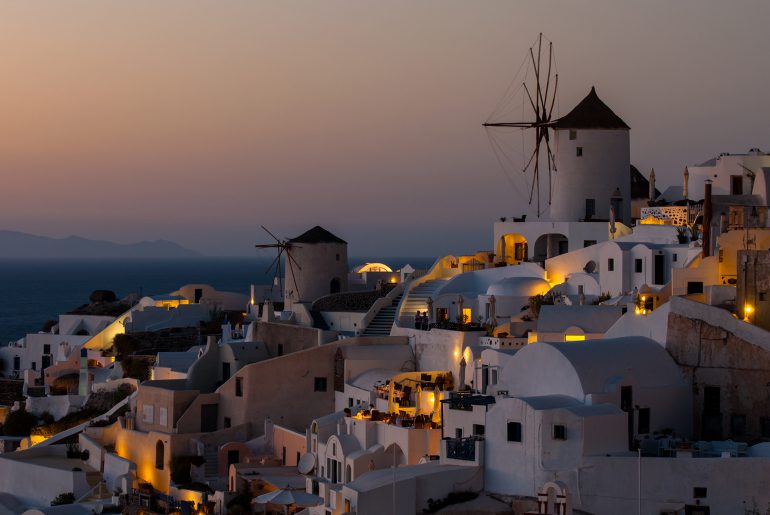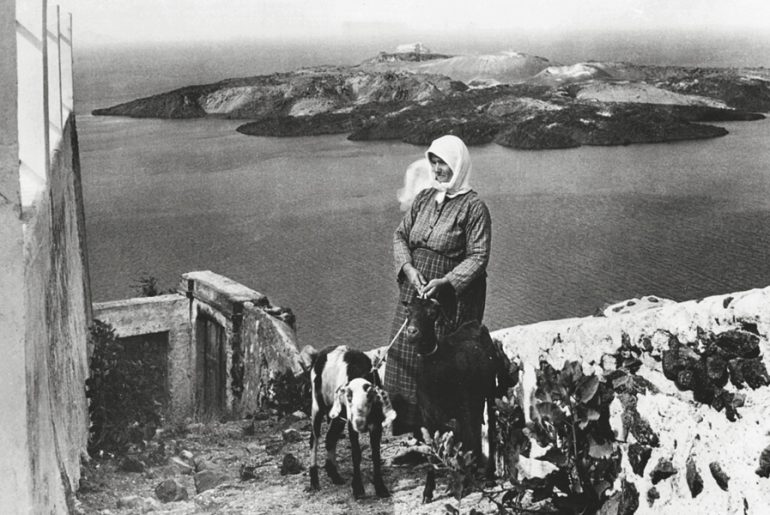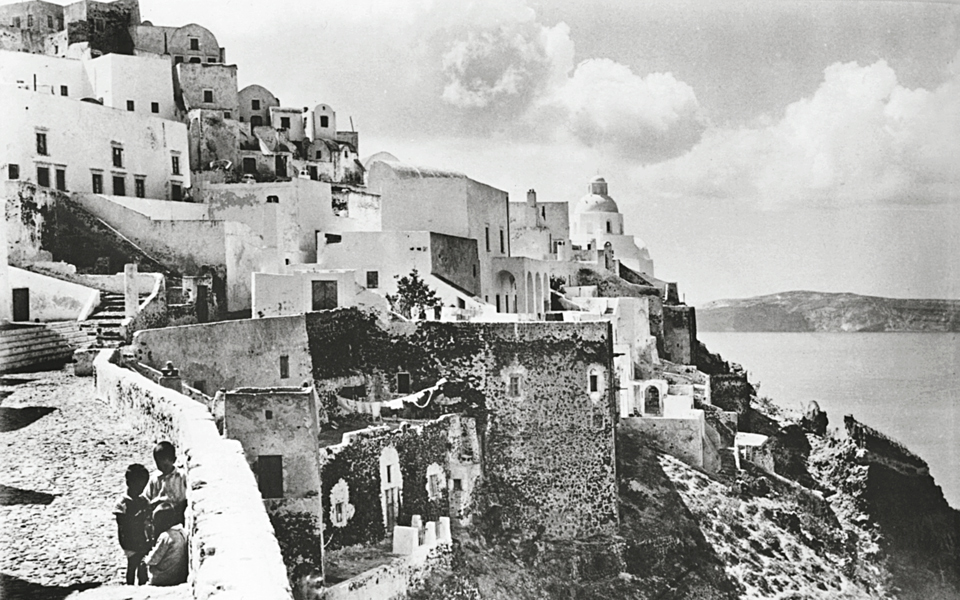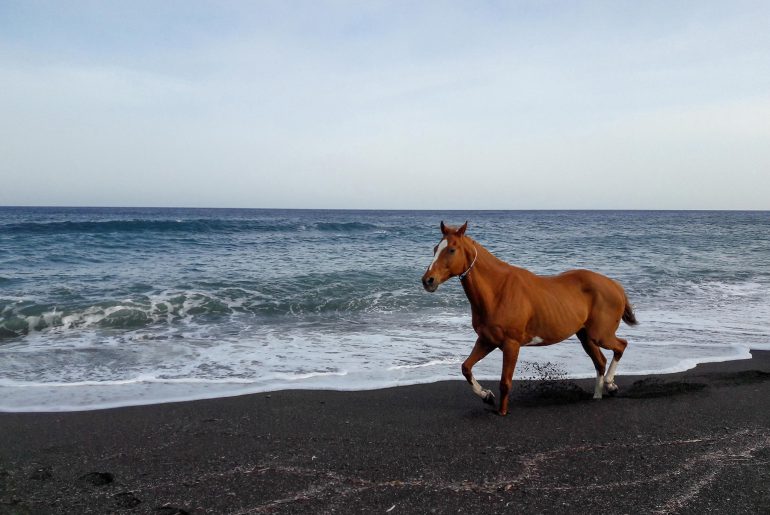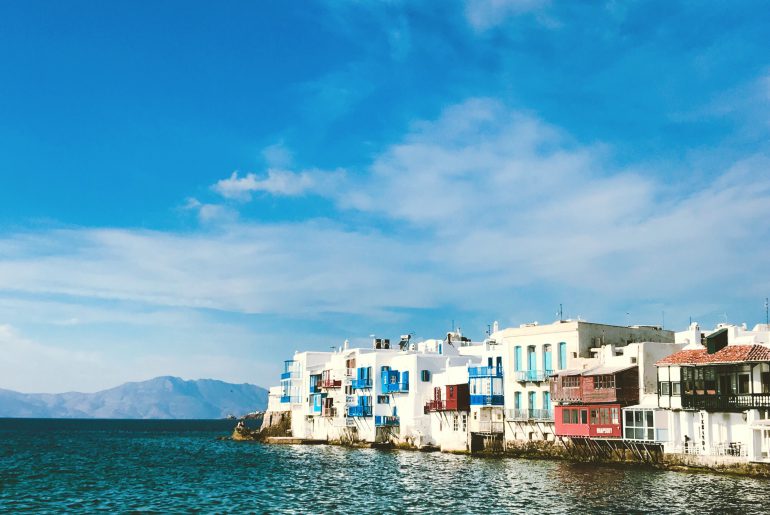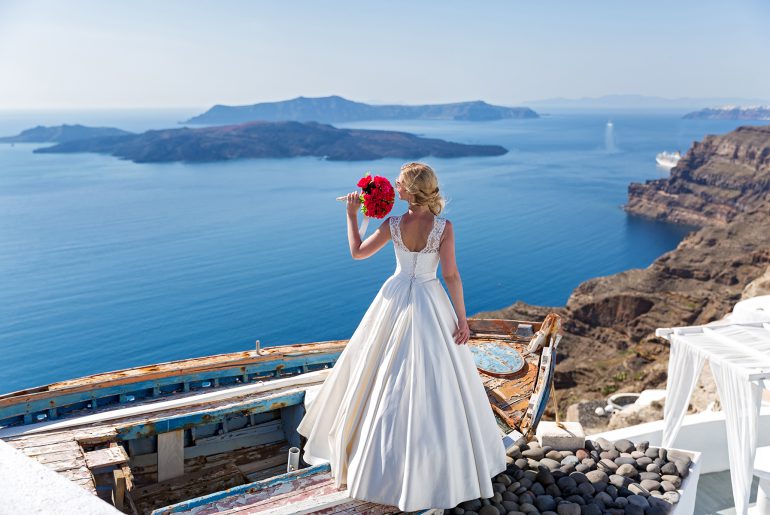The roots of pottery tradition on Thira (alternative name of Santorini) can be traced long before the Minoan eruption of Santorini that occurred during the Late Bronze Age, which destroyed one of the most flourishing societies of the time. Excavations carried out at Akrotiri brought to light a settlement with multi-storey buildings and complex drainage systems, detailed furniture, striking frescoes, and ceramics that prove that the Minoan civilization at the time lived in peace and extraordinary prosperity. Most Santorinian potteries at the time were decorated with motifs, usually depicting cultivated plants, subjects from the marine life, and even terrestrial elements that echoed the Santorinian culture.The depiction of cultivated plants is a unique phenomenon in Aegean pottery and it first appeared on Thira during the Late Bronze Age. This is an aspect of art history, but also gives proof that the island occupied a significant position in the Cyclades. According to Marisa Marthari, the director of the excavations at Kastri-Chalandriani on Syros and Skarkos on Ios, Thira was “the producer of the richest pictorial pottery in the Aegean in the first period of the Late Bronze Age.” Vessels unearthed at Akrotiri support the theory that decorative painting was commonplace at the time. Popular motifs, like lilies and swallows found their way on vases, cookery pots, and frescoes quite often. Sometimes highly stylized, other times with a wealth of details, these symbols are still used by ceramists today and are characteristics of authentic Santorini ceramics. With such strong roots, no wonder that the pottery and ceramics of Santorini are among the most sought-after souvenirs from the island. Contemporary ceramists still produce vessels drawing on the rich past of this tradition. Here are some of the ceramic shops that will give you an idea of what to expect when you go pottery shopping on the island:
Akron Art Centre is owned by Dimitris Bellos and Aspasia Vovola. They are usually focused on replicas of ancient Santorini pottery art. This is a great place to visit to learn about the history of ceramics on the island. Akron is the only workshop of its kind in Santorini and one of the largest in Greece. They exhibit and sell Minoan, Geometric, and Classical era pottery from Santorini and from all over Greece.
1260° ceramic studio, owned by Marina Taliadourou and Giannis Vlantonopoulos, displays tableware ceramic objects inspired by the life and nature of Santorini. In the artists’ words: “The black volcanic earth, the red terracotta, the blue of the sea, the white and the red-orange color of the sunset.” Each piece is a one-of-a-kind. The name of the studio comes from a technique used to produce ceramics, firing them once at high temperatures.

Galatea’s Pottery and Art in Megalohori is a studio offering pottery designed by artist Galatea Papageorgiou. She has developed an individual style based on Santorini traditional art and you will notice a variety of motifs on her ceramics: caper leaf – inspired by a ceramic mug in the Museum of Prehistoric Thera, olive motif, Santorini motif – inspired by the traditional cave houses on the island, sea motif – inspired by Thalassa, the artist’s sister, wildflowers – an original theme, designed by the artist, as well as some stylized motifs, like meandros, leaves, dinner table, bamboo, and more.
EARTH and WATER, another pottery studio in Megalochori, is the studio of Athens-born ceramist Andreas Makaris, who lives and works in Santorini since 1985. As the artist testifies, his work is “inspired by the profuse light and the hidden mysteries of Santorini’s ancient past.” He shares the workshop with his wife, Kristi Kapetanaki, and their designs are in high demand on the island. They also offer pottery-making classes.
There are many other pottery stores on the island. Also, as you explore Oia, you will see ceramics in souvenir shops too. Don’t leave Santorini without visiting a ceramic store, buying a souvenir or joining a workshop that will always bring you in mind memories from Santorini!

